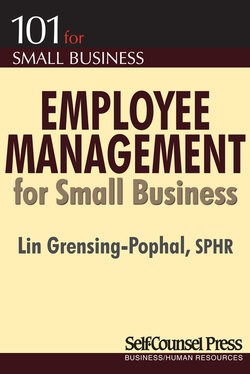Читать книгу Employee Management for Small Business - Lin Grensing-Pophal - Страница 37
На сайте Литреса книга снята с продажи.
2. Guidelines in the United States
ОглавлениеIt is important to remember that it is the consequence of employment practices and not the intent that determines whether discrimination exists. Any employment practice or policy, regardless of how innocuous in intent, which has a “disparate effect” on members of a “protected class” constitutes unlawful discrimination unless it can be proven that such a policy is required due to “business necessity.”
The Supreme Court has ordered the removal of “artificial, arbitrary and unnecessary barriers to employment when the barriers operate invidiously to discriminate on the basis of racial or other impermissible classification.” The practices and policies that create barriers may take place in the context of recruitment, selection, placement, testing, transfer, promotion, seniority, lines of progression, and many other of the basic terms and conditions of employment.
The removal of these barriers requires employers to practice affirmative action and provide new policies and practices. It also requires a firm knowledge of the rules and regulations surrounding equal employment opportunity and the affirmative action concept.
In the United States, affirmative action refers to equal opportunity in employment for all people regardless of physical handicap, race, nationality, age, sex, religion, or any other non-job-related means of determining eligibility for a position of employment. It is a term that encompasses various methods through which the concept of equal employment opportunity becomes a reality.
